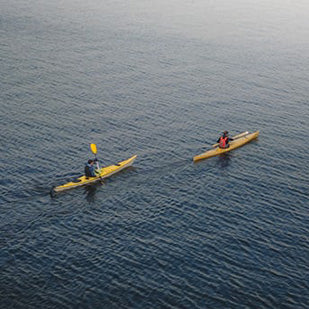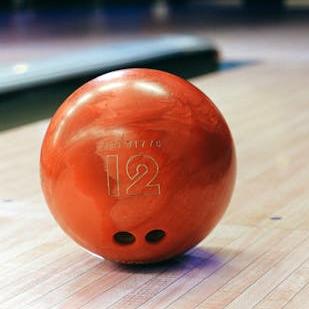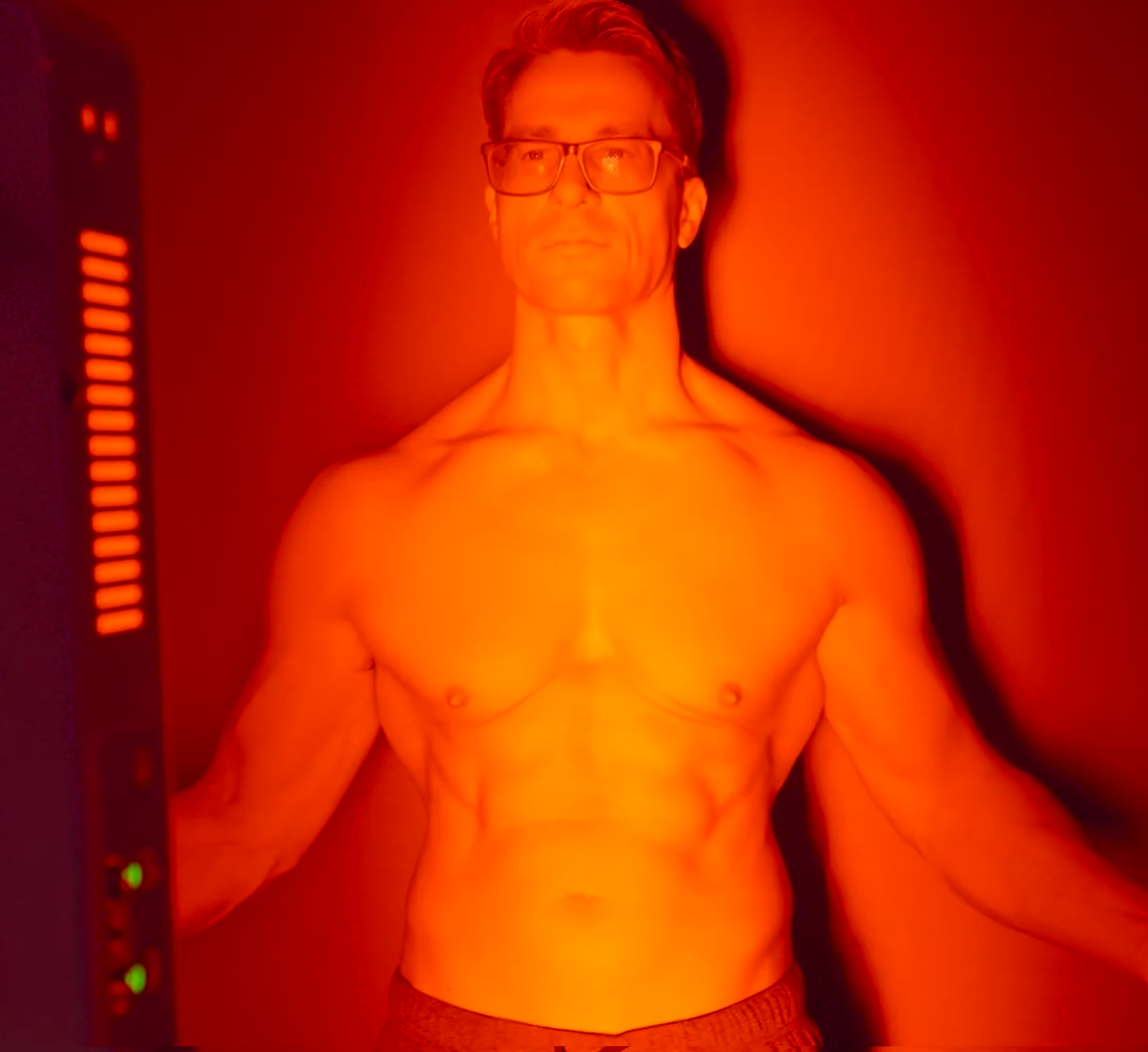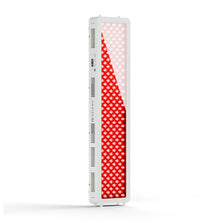Water polo is a high-intensity sport that requires a unique set of strength, endurance, and on-water adaptability. Athletes are continually fighting the resistance of water as they perform quick, explosive movements. The physical demands of the sport — characterized by aggressive treading, rapid changes of direction, and matches that can last two or more hours — put a tremendous strain on muscles and joints.

Red light therapy (RLT) is a non-invasive, proven modality that can help speed up recovery, reduce inflammation, and enhance physiology performance. But what does this translate to in the world of water polo? Let’s reflect on its roles in biomechanical rehabilitation, physiological support, aquatic adaptation, and seasonal performance optimization.
Water-Specific Biomechanical Rehabilitation
Movement in water presents unique biomechanical demands on athletes, particularly on water polo players. Unlike land-based sports, where you can rest between strides, this sport requires constant effort against water resistance, resulting in chronic stress to certain muscle groups[1].
Shoulder Rotator Cuff Injury Rehabilitation
Movement in water presents unique biomechanical demands on athletes, particularly on water polo players. Unlike land-based sports, where you can rest between strides, this sport calls for a constant effort against water resistance, resulting in chronic stress to certain muscle groups. Water polo players depend on their shoulders for almost everything — shooting, passing, swimming. Doing these actions repetitively can lead to rotator cuff injuries, impingements, or tendonitis.
RLT helps to:
- Stimulate cellular repair: Red and near-infrared light penetrates deep into the soft tissues, stimulating mitochondrial activity and speeding up collagen formation to repair injured tendons.
- Decrease inflammation: RLT lowers cytokine activity, reducing pain and swelling in overworked shoulder muscles.
- Increase blood circulation: As research indicates, RLT improves blood circulation and the delivery of nutrients, lubricating the joints faster.
One study published in the Journal of Athletic Training showed that RLT not only improved shoulder range of motion but also produced reduced pain levels in athletes with repetitive strain injuries[2]. For water polo players, that could translate to a faster return to peak performance after a rotator cuff strain.
Leg Eggbeater Kick Recovery
The eggbeater kick is a critical motion in water polo, letting players keep a vertical position to defend or set up a shot. Unfortunately, the constant back-and-forth motion puts too much stress on the hip flexors, knees, and calves.
The role of RLT:
- Accelerates muscle recovery: By boosting ATP (adenosine triphosphate) production, RLT supports muscle fiber repair following exercise.
- Prevent knee pain: Chondromalacia (softening of the cartilage) is another common overuse injury in water polo players that can be reduced with regular therapy.
- Enhances stamina: The better your mitochondria function, the longer you will be able to generate powerful leg movement throughout longer matches.
Using RLT as part of a post-training therapy can decrease stiffness and soreness, and enable players to retain explosive kicking power while minimizing the risk of injury.

Competition-Grade Physiological Support
Success in water polo doesn’t just come from skill — it takes high-level core stability and a capacity to recover from fatigue quickly.
Core Stability Enhancement Strategies
Water polo players need a strong core because shooting accuracy, ball control, and defensive maneuvers all rely upon it. However, a lot of twisting and quick torso movements can create oblique muscle strains and low-back pain.
RLT works to:
- Builds muscle: Red-light stimulation engages myosatellite cells, leading to muscle repair and growth.
- Alleviates back pain: Chronic lower back pain is common in aquatic sports, and research indicates low-level laser therapy (LLLT) can be effective for this purpose.
- Improves neuromuscular coordination: The efficiency of RLT improves nerve signaling, which helps maintain better core engagement and stability.
Many players who have begun to add RLT to their training have reported increased balance, faster rotational movements, and fewer injuries in the core region.
Tournament Fatigue Management
Water polo tournaments are tough, with players frequently playing back-to-back matches in a short window. Performance can be affected negatively by muscle fatigue, lactic acid buildup, and mental exhaustion.
RLT Aids Recovery as It:
- Boosts muscle oxygenation: RLT promotes microcirculation, enabling muscles to receive a higher concentration of nutrients and oxygen during the recovery process.
- Flushes out lactic acid: A quicker metabolic clearance of lactic acid means less stiffness after the game.
- Enhances energy: Near-infrared wavelengths promote cytochrome c oxidase, resulting in increased ATP production and faster recovery between games.
Now, professional athletes, and even Olympic swimmers, are regularly leveraging pre-game and post-game RLT sessions to bolster endurance and sustain peak energy levels during tournaments.
Aquatic Environment Adaptation
The aquatic environment brings unique challenges, from chronic stress on joints to ear and skin problems.
Chronic Wrist Sprain Management
Wrist sprains are common for water polo players due to aggressive ball handling, passing, and blocking. However, these injuries can stick around because the water resistance works dynamically against joint stability.
Reasons why RLT works for people with wrist injuries are[3]:
- Improve Healing of Ligaments: Infrared light therapy penetrates the tissues deep, helping in quicker recovery for ligamentous sprains and minor fractures.
- Improve Joint Mobility: By initiating the release of synovial fluid, RLT is beneficial for improving wrist mobility and decreasing stiffness.
- Offer Long-Term Support: RLT maintains overall wrist health which prevents intrinsic tendinitis pain and keeps proper shooting mechanics.
Ear & Skin Protection Protocols
Constant water exposure raises the risk of swimmer’s ear and skin irritation from chlorine or saltwater.
Benefits of RLT for the Skin and Ear of Water Polo Players:
- Boosts Skin Recovery: RLT helps repair skin that has been damaged by extended water exposure and stimulates the maintenance of skin elasticity.
- Eases Ear Irritation: Light therapy helps calm down the inflammation in the ear canal while reducing the probability of ear infections.
- Provides Subjective Defense: RLT plays a role in improving the overall health of the skin and ear of water polo players while actively preventing common problems associated with water.
Seasonal Performance Optimization
Water polo seasons are long, and physical demands grow, necessitating that players ramp up fitness before competitions and maintain immunity levels near the peak.
Pre-Competition Immune Boosting
During hard training sessions, the immune system may suffer, leaving athletes vulnerable to infections and fatigue.
How RLT Strengthens Immunity:
- Stimulates immune function: Near-infrared light stimulates T-cell production, making it easier for the body to fight off infections.
- Decreases Stress Effects: RLT optimizes cortisol levels and helps balance the immune system during periods of heavy training.
- Promotes Restorative Sleep: Increased melatonin production helps you get a deeper sleep, supporting your immune system recovery.
Conclusion
Water polo requires explosive power, endurance, and adjustment to a full aquatic environment — all of which places tremendous stress on muscles, joints, and recovery systems. Red light therapy — The ultimate, science-proven, new-age solution for rapid recovery, injury prevention, and performance optimization.
From shoulder rehab to eggbeater kick recovery, and from core strength to immune support and recovery, RLT is a game changer for competitive water polo athletes. In this way, RLT becomes a new key component of a structured training routine that keeps players strong, resilient, and prepared for each match.
Thus, whether you’re a professional water polo player or a budding athlete, red light therapy could be the secret weapon to crushing it in the water!
References
- Spittler, Jack, and James Keeling. “Water Polo Injuries and Training Methods.” Current Sports Medicine Reports vol. 15,6 (2016): 410-416. doi:10.1249/JSR.0000000000000305
- Larkin-Kaiser, Kelly A et al. “Near-infrared light therapy to attenuate strength loss after strenuous resistance exercise.” Journal of athletic training vol. 50,1 (2015): 45-50. doi:10.4085/1062-6050-49.3.82
- Crow, Joshua A. et al. “Therapeutic Photobiomodulation Before Strenuous Exercise Attenuates Shoulder Muscle Fatigue.” Journal of Athletic Training vol. 59,7 (2024): 724-730. doi:10.4085/1062-6050-0171.23















 Small
Small

 Moderate
Moderate

 Moderate
Moderate

 Moderate
Moderate

 Full
Full



